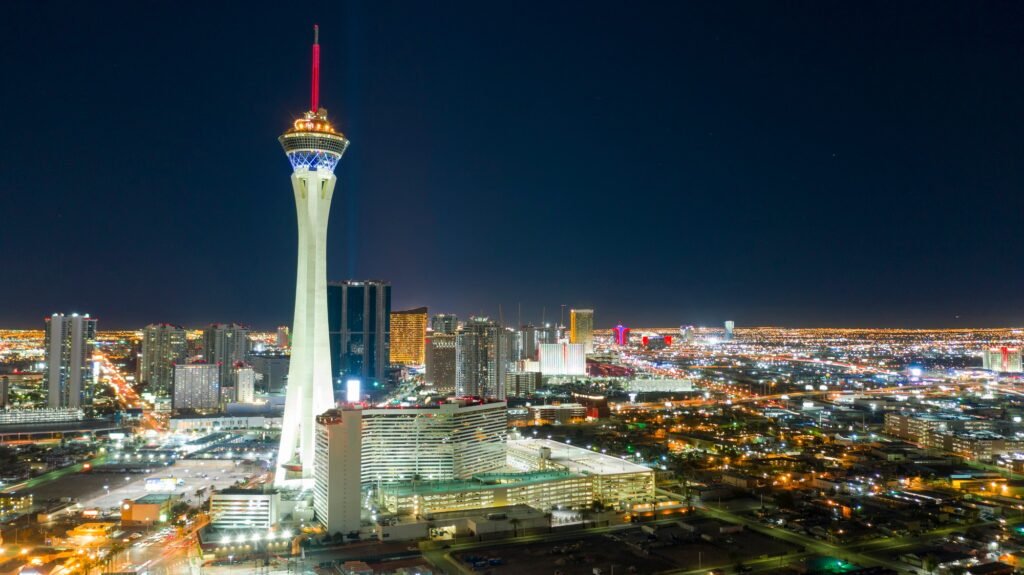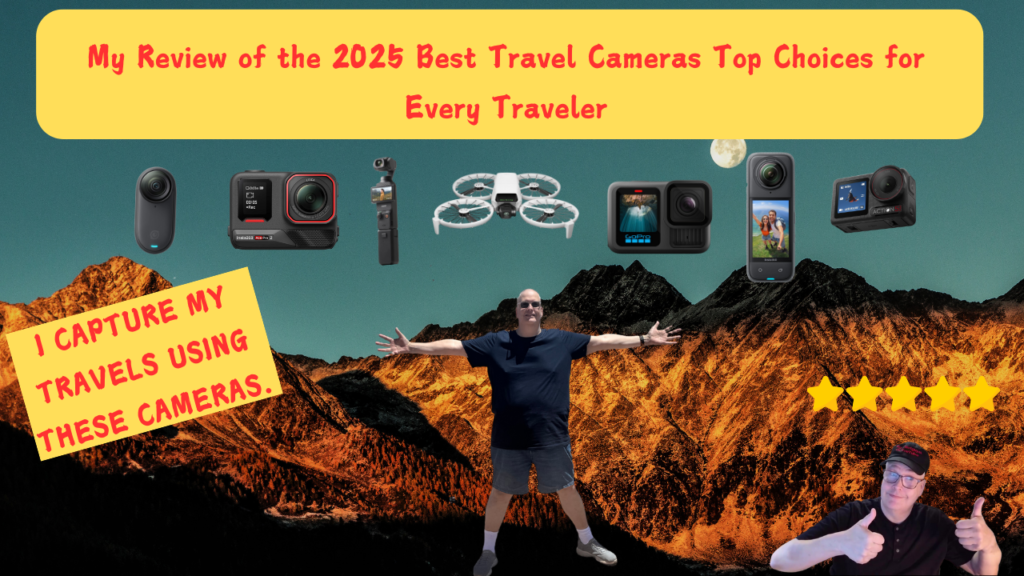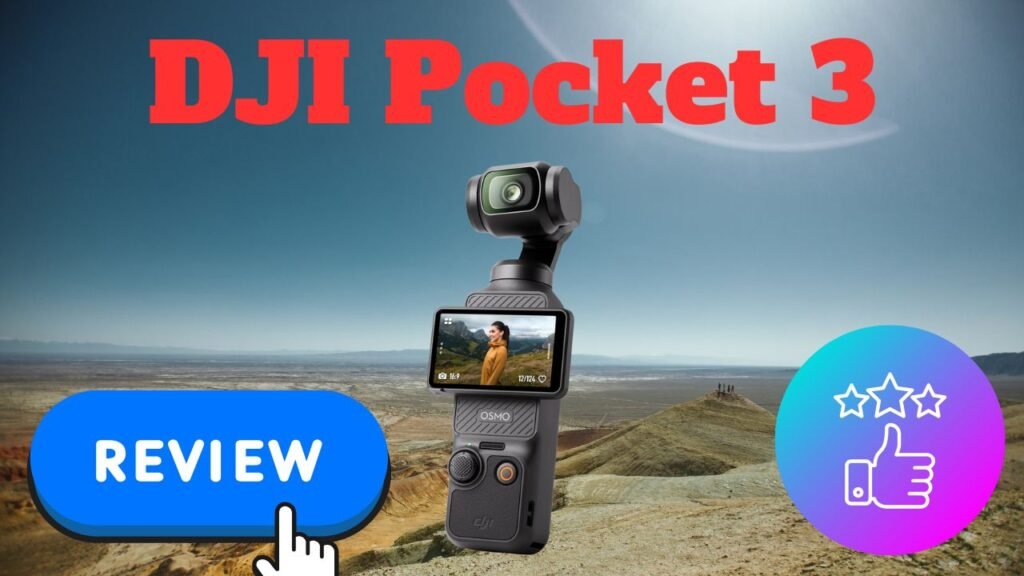My Review of the Grand Canyon
I took a day trip from Las Vegas to see the Grand Canyon, and it changed how I think about natural wonders. The bright lights and excitement of Vegas faded away as I made my way to the canyon’s edge. The West Rim sits just 130 miles from Las Vegas, making it the perfect choice for visitors who want to see this amazing landmark without spending too much time on the road.
Planning Your Trip
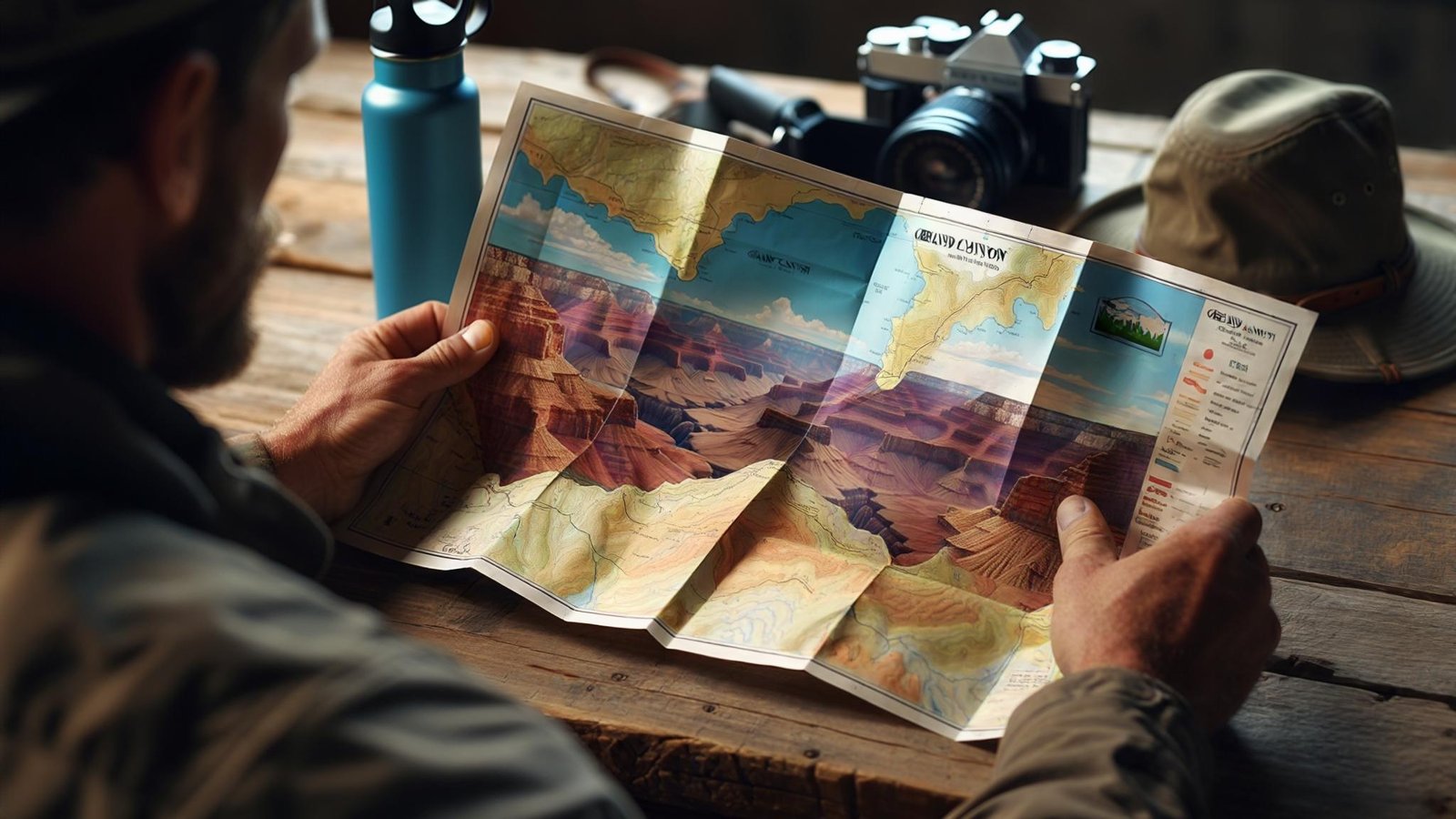
Visiting the Grand Canyon from Las Vegas requires careful timing and travel planning. A successful trip depends on choosing the right season and knowing the best routes to take.
Best Time to Visit
I recommend visiting the Grand Canyon between March and May or September to November. During these months, the temperatures are mild, making it perfect for hiking, sightseeing, and taking photos. The weather is generally pleasant, and the crowds are smaller compared to the peak summer season, allowing for a more relaxed experience.
Summer, from June to August, can be extremely hot, with temperatures reaching over 100°F. The intense heat makes outdoor activities challenging and even dangerous, especially for those not used to desert climates. If you visit during this time, be sure to stay hydrated, wear sun protection, and take breaks in shaded areas. Summer also attracts large crowds, which can lead to longer wait times at popular attractions like the Skywalk.
Winter, from December to February, can get quite cold, with occasional snow. While snowfall is rare at the West Rim, temperatures can drop significantly, especially in the mornings and evenings. However, the biggest advantage of visiting in winter is the smaller crowds, making for a quieter and more peaceful experience. Just be sure to dress warmly and prepare for chilly winds.
For the best experience, I suggest arriving early in the morning, ideally by 8 AM. This allows you to enjoy cooler temperatures, capture beautiful morning light for photos, and avoid the rush of visitors later in the day. Whether you’re exploring scenic viewpoints, taking a helicopter tour, or walking the Skywalk, an early start will help you make the most of your visit.
Traveling to the Vegas Side
The West Rim is closest to Las Vegas – about 130 miles away. I usually take Highway 93 South, which is a 2.5-hour drive each way.
You can make it a day trip, but I prefer staying overnight to see both sunrise and sunset. The drive is straightforward with good road conditions.
Consider renting a car for flexibility. Tour buses are another option, but they limit your time at viewpoints.
Make sure to fill up your gas tank before leaving Vegas. There are few services along the route.
Traffic is lightest on weekdays. I try to avoid holiday weekends when both Vegas and the Canyon get extremely crowded.
The Journey There
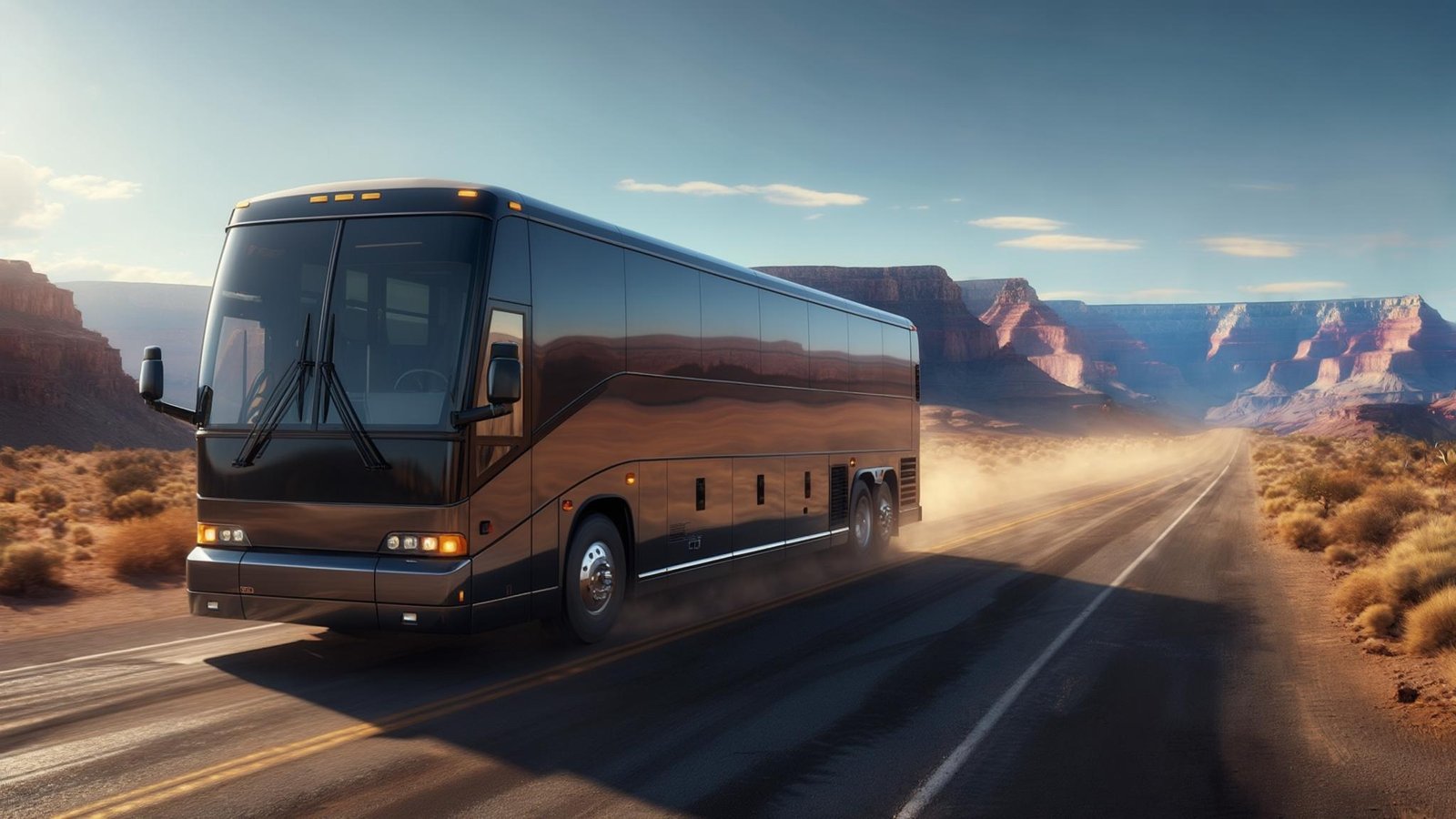
The drive from Las Vegas to the Grand Canyon spans 275 miles through stunning desert landscapes and historic landmarks. I encountered several classic American sights during my 4-hour road trip.
Route Highlights
I started my journey early in the morning, taking a charter bus from Las Vegas toward the Grand Canyon. As we headed southeast on US-93, I watched the city lights fade behind us, giving way to the stark beauty of the Mojave Desert. The landscape stretched endlessly, dotted with rugged mountains and scattered Joshua trees, creating a scene that felt both vast and untouched.
One of the highlights of the ride was passing the Hoover Dam, an engineering marvel that stands as a testament to human ingenuity. We made a quick stop to snap some photos, and the view of Lake Mead’s deep blue waters against the desert backdrop was absolutely stunning.
Continuing on, we passed through Kingman, a historic town that serves as a gateway to Route 66. The charm of this old-school stop was undeniable, with its vintage diners, classic motels, and retro neon signs transporting me back in time. It felt like stepping into a postcard from mid-century America.
The bus ride was comfortable, giving me time to relax and soak in the ever-changing scenery. With each mile, the anticipation built as we drew closer to the Grand Canyon’s West Rim, where an unforgettable adventure awaited.
Must-See Stops Along the Way
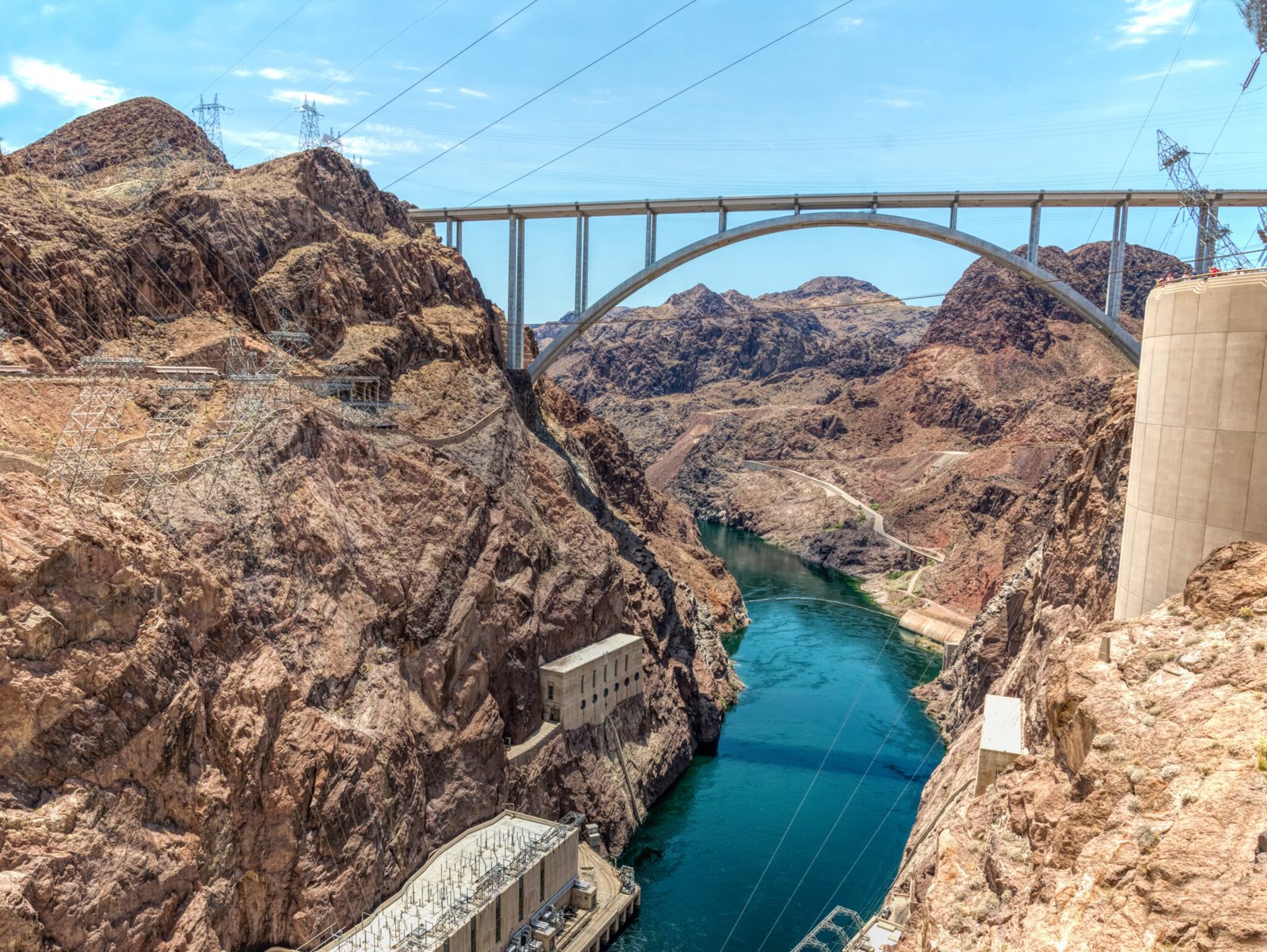
The Hoover Dam Viewpoint was one of the most breathtaking stops of the trip. As our bus approached, I could see the dam’s massive concrete structure rising between the steep, rocky cliffs of the Black Canyon. The sheer size of it was overwhelming, and I could immediately understand why it is considered one of the greatest engineering achievements in American history.
I spent about 30 minutes here, soaking in the incredible views and taking in the significance of this monumental structure. Walking across the dam, I was struck by the immense scale of its thick concrete walls, which stretch 726 feet high and 1,244 feet long, holding back the powerful force of the Colorado River. Looking over the edge, I could see the deep blue waters of Lake Mead, the largest reservoir in the United States. The contrast between the vast lake and the arid, rugged desert landscape surrounding it was absolutely stunning, making it a perfect spot for photos.
Aside from its breathtaking appearance, the Hoover Dam carries an immense historical and functional significance. Built during the Great Depression between 1931 and 1936, it was a lifeline for thousands of workers who sought employment during hard economic times. More than 21,000 people contributed to its construction, and standing there, I could only imagine the grueling conditions they endured while building this colossal structure in the scorching desert heat.
Beyond its role in history, the Hoover Dam remains a vital part of the Southwest’s water and power supply. The dam generates hydroelectric power for millions of people across Nevada, Arizona, and California, while also controlling the flow of the Colorado River, ensuring a stable water supply for cities and farms across the region. As I looked up at the Art Deco-style intake towers and felt the cool breeze rolling off the water, I was reminded of how this marvel of engineering continues to shape life in the Southwest.
Before leaving, I took one last moment to appreciate the breathtaking views of the dam, the shimmering surface of Lake Mead, and the dramatic desert cliffs in the background. Whether you’re fascinated by history, architecture, or simply want to take in an awe-inspiring sight, a visit to the Hoover Dam is an unforgettable experience.
Exploring Grand Canyon West
Grand Canyon West offers unique ways to experience this natural wonder. The glass-bottom Skywalk and scenic helicopter flights gave me amazing views I couldn’t find anywhere else..
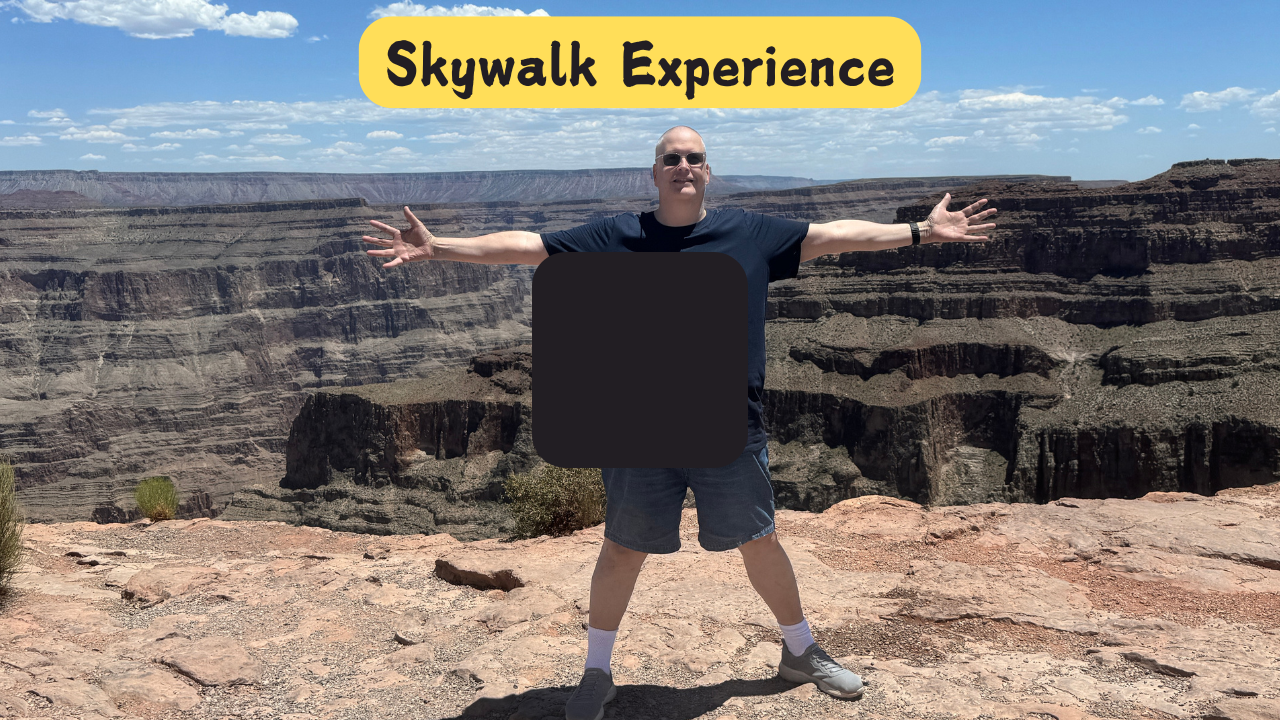
Skywalk Experience
I decided to skip the Skywalk, but I still made my way to Eagle Point, where the iconic glass bridge is located. Watching others step onto the transparent floor, suspended 4,000 feet above the canyon floor, was both thrilling and nerve-wracking. The U-shaped platform extends 70 feet out from the rim, offering an incredible perspective of the canyon and a direct view straight down to the rocky depths below.
The entry fee for the Skywalk was $72, which included access to the bridge and other viewpoints at the West Rim. However, one thing that really disappointed me was that personal cameras and phones are not allowed on the Skywalk. Before stepping onto the glass, visitors are required to store all their belongings in lockers. I had been looking forward to capturing my own photos of the unique view, but instead, the only option was to purchase pictures taken by professional photographers stationed on the bridge. While the photos they took looked great, it was frustrating not to be able to document the experience in my own way.
Talking to visitors who did the walk, many said it took them a few moments to adjust to the feeling of walking on the glass. The panels are thick and built to withstand extreme weight, but looking straight down at the canyon floor beneath their feet made some people hesitate before taking their first steps. Eventually, they became comfortable enough to enjoy the view, with some even lying down on the glass to get the full effect.
Even though I didn’t walk on the Skywalk, I still enjoyed the stunning scenery from the nearby viewpoints. Eagle Point provided a breathtaking panoramic view of the canyon, stretching for miles in every direction. From there, I could see the Colorado River winding through the deep rock formations far below, its blue waters creating a striking contrast against the red and brown cliffs. I also took time to admire the natural rock formation that resembles an eagle in flight, which gives the area its name.
While the Skywalk is a thrilling experience, the restriction on personal cameras took away some of its appeal for me. I prefer capturing my own memories rather than relying on paid photos, so I was glad that the West Rim offered plenty of other incredible vantage points where I could take as many pictures as I wanted.
Helicopter Tours
I decided not to take the helicopter tour, as I wasn’t completely sure about its safety. However, I spoke with a few travelers who had taken the flight, and they shared their experiences with me.
The 15-minute helicopter tour flies over the western rim of the canyon, giving passengers a breathtaking aerial perspective. The pilot points out key landmarks along the way and provides interesting details about the canyon’s geology and history. Many people said the views from above were unlike anything they had seen before, offering a completely different way to appreciate the vastness of the Grand Canyon.
The flight path passes over Eagle Point and Guano Point, allowing passengers to see the Skywalk structure from above. Some were surprised by how low the helicopter flew, which made for excellent photo opportunities. The morning flights were highly recommended, as the early sunlight casts dramatic shadows on the canyon walls, enhancing the deep red and orange hues of the rock formations.
While I chose to admire the canyon from the ground, those who took the helicopter tour said it was an unforgettable experience. If you enjoy aerial views and don’t mind the thrill of flying, this could be a fantastic way to see the Grand Canyon from a whole new perspective.
Outdoor Activities
The western rim of the Grand Canyon offers amazing spots for hiking and adventure sports. I found plenty of ways to get my heart racing while taking in the incredible views.
Hiking Options

Due to time restrictions with my bus charter, I wasn’t able to do any hiking, but I did take some time to explore and learn about the trails near the western rim. I quickly realized that this area offers several fantastic hiking options for those who want to experience the Grand Canyon up close. Many of the trails run right along the edge, providing breathtaking views of the canyon and the winding Colorado River far below.
One of the most popular trails is a 2.5-mile path that follows the canyon’s rim. It offers a relatively easy and accessible way to take in the scenery while walking at a leisurely pace. The trail is mostly flat and well-maintained, making it ideal for beginners and casual hikers. Along the way, I noticed plenty of rest spots with benches where visitors could sit and soak in the incredible views. Some of these spots were positioned perfectly for watching the sunlight change the colors of the canyon walls throughout the day.
Hikers I spoke with highly recommended starting early in the morning to avoid the intense midday heat. By 10 AM, the path tends to get busier, especially near the main viewing platforms where visitors stop to take photos. The morning hours provide the best lighting for photography, with the soft sunlight casting shadows that highlight the depth and texture of the rock formations.
Even though I couldn’t take a proper hike, just walking along the designated paths near the viewpoints gave me a glimpse of how rewarding a full hike would be. If I had more time, I would have loved to explore further, as the western rim trails seem like an excellent way to experience the Grand Canyon’s natural beauty away from the main crowds. For those with a bit more flexibility in their schedule, setting aside time for a hike would definitely be worth it.
Adventure Sports
The western rim features some exciting adventure activities. I tried the zipline that runs between two canyon peaks – it was thrilling and gave me a unique view of the landscape.
Rock climbing is available with guided tours. The tours provide all needed gear and safety equipment.
I saw many people trying the helicopter tours. These flights last about 30 minutes and fly through parts of the canyon.
For water lovers, rafting trips run on the Colorado River. These range from calm floats to exciting rapids adventures.
Sightseeing & Tours
The Las Vegas side of the Grand Canyon offers many ways to explore this natural wonder. I found both guided tours and self-guided options that let visitors experience the stunning views and learn about the area’s history.
Tour Packages
I discovered several tour companies running daily trips from Las Vegas to the Grand Canyon. The most popular full-day bus tours take about 13 hours and include stops at Mather Point and Bright Angel Point.
Many tours include lunch and photo opportunities at the Hoover Dam. I noticed some packages even add helicopter rides for aerial views of the canyon.
The prices range from $90-250 for basic bus tours to $300-500 for premium packages with helicopter rides. Tour highlights include:
- Professional guides sharing canyon history
- Transportation in comfortable vehicles
- Stops at key viewpoints
- Meals and snacks included
Self-Guided Vs. Guided Excursions
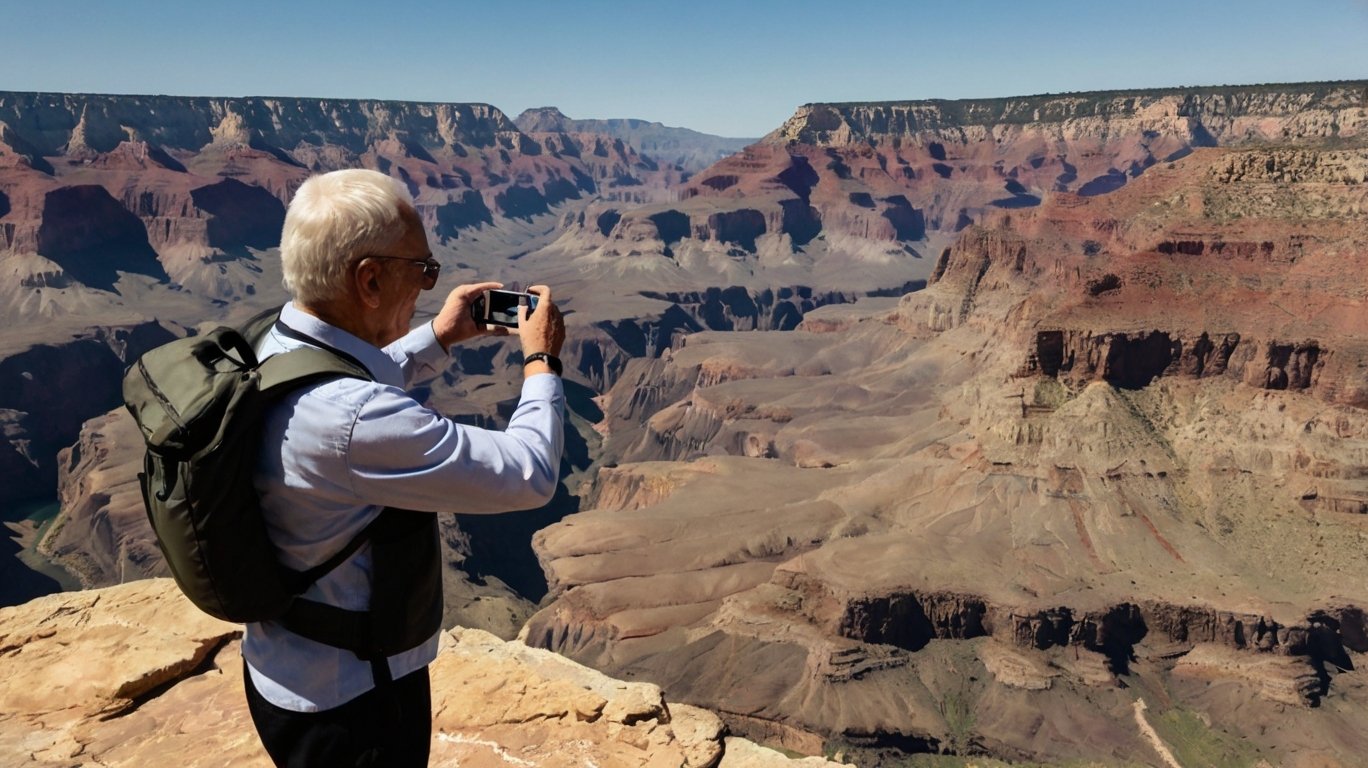
I spent my time at the West Rim walking around and taking photos, enjoying the freedom to explore at my own pace. I preferred a self-guided experience because it allowed me to linger at my favorite viewpoints without feeling rushed and also saved money compared to booking a guided tour.
That being said, I could see the benefits of a guided tour. The guides knew the best spots for photos and shared interesting facts about the Grand Canyon’s history, geology, and cultural significance—things I might have missed on my own.
Here are the key differences I noticed:
- Self-guided: More flexibility, lower cost, but requires arranging your own transportation.
- Guided tour: More educational, convenient, includes transportation and admission, but follows a fixed schedule.
Since the West Rim is located in the desert, it stays warmer than other parts of the Grand Canyon. Whether choosing a self-guided visit or a tour, I recommend checking the weather forecast in advance to prepare for the heat and plan the best time to explore.
Experiencing the Grand Canyon

I found the Grand Canyon’s sheer size and beauty absolutely stunning during my visit from Las Vegas. The dramatic cliffs and colorful rock layers created unforgettable views that took my breath away.
Viewing Points and Photography
Mather Point gave me the best wide-angle views of the canyon. I recommend arriving early to avoid crowds and get clear shots of the layered cliffs stretching into the distance.
The viewing platforms are well-maintained and safely positioned for taking photos. I got my best shots by moving between different angles and elevations at each stop.
I brought a wide-angle lens which helped capture the massive scale. My phone camera also worked well for quick snapshots and panoramas.
Sunrise and Sunset Views
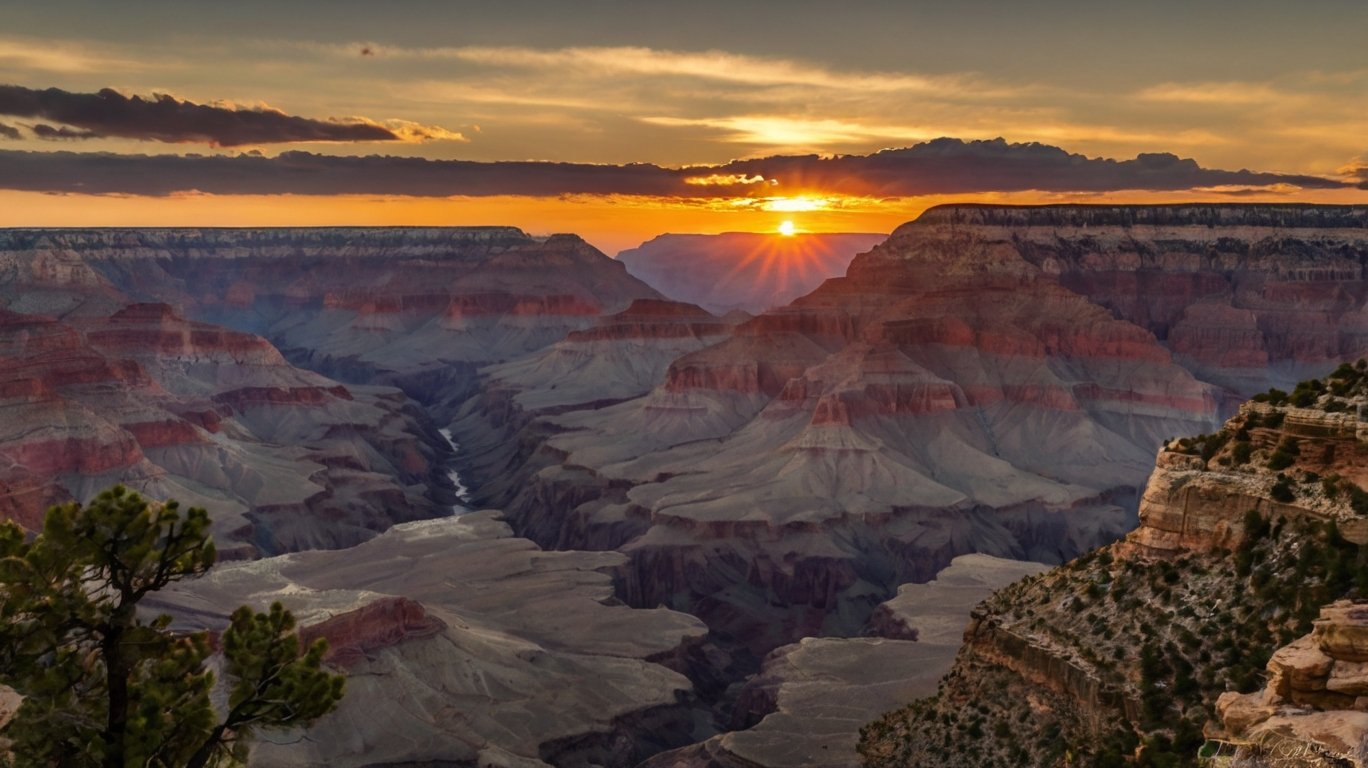
Due to the time restrictions of my bus charter, I wasn’t able to experience the sunrise or sunset at the Grand Canyon. However, from what I learned, these are some of the most magical times to see the canyon’s colors at their best.
In the early morning, the first light of sunrise casts a warm glow over the canyon walls, bringing out deep shades of orange and red. Many visitors arrive at least 30 minutes before dawn to find the best viewing spots and watch as the landscape gradually comes to life.
Later in the day, the late afternoon sun creates dramatic shadows that emphasize the depth and texture of the rock formations. As sunset approaches, the colors become even more intense, shifting into shades of pink and purple across the sky. Those who stayed for sunset recommended finding an elevated viewpoint facing west, where the fading light provides the perfect backdrop for silhouette photos of the canyon’s rim.
One important tip I heard was to bring warm layers, as temperatures can drop quickly at dawn and dusk. Even though I didn’t get to experience it myself, sunrise and sunset at the Grand Canyon sound like unforgettable moments that are well worth planning for if time allows.
Dining and Accommodations

The Grand Canyon West area offers several dining spots with spectacular views, plus basic but comfortable places to stay near the rim.
Local Eateries
The Sky View Restaurant stands out as my top pick for dining at Grand Canyon West. The floor-to-ceiling windows gave me amazing canyon views while I ate, and I could even spot people walking on the Skywalk glass bridge.
The indoor air conditioning made it a perfect lunch spot during my summer visit. The menu includes standard American fare with options for both adults and kids.
I noticed the prices were a bit high, but the views made up for it. The service was quick, and I didn’t need reservations during my midweek visit.
Staying Overnight
I didn’t stay overnight due to my charter bus travel, but I found limited yet sufficient lodging options near Grand Canyon West. I chose the Hualapai Lodge as my base, located in Peach Springs, about an hour from the rim.
The rooms were simple but clean, offering comfortable beds and modern amenities. The lodge also has an on-site restaurant, which made grabbing breakfast before heading to the canyon convenient.
If you’re planning a visit during peak season (March–October), I recommend booking at least two months in advance. Prices were reasonable compared to other tourist accommodations near Las Vegas.
Extending Your Stay
The Las Vegas area offers many exciting places to explore beyond just the Grand Canyon. You can easily turn a quick visit into a week-long adventure.

Nearby Attractions
I recommend starting with Red Rock Canyon, just 20 minutes from the Strip. The dramatic red cliffs and hiking trails make it perfect for a half-day trip.
The drive to the Grand Canyon lets you see amazing desert landscapes. I stopped at the Hoover Dam for photos and a tour of this engineering marvel.
Valley of Fire State Park was one of my favorite side trips. The bright red sandstone formations look like they’re from another planet.
Las Vegas Entertainment
The Strip comes alive at night with countless shows and attractions. I saw Cirque du Soleil’s “O” at the Bellagio – the water acrobatics were incredible.
The hotels themselves are worth exploring. I spent hours walking through the themed resorts like The Venetian’s canals and the Bellagio’s conservatory.
For a break from the casinos, I enjoyed the Neon Museum. It displays vintage Las Vegas signs and tells the city’s colorful history.
The free shows are fun too. Don’t miss the Bellagio fountains or the volcano at The Mirage. They run every evening on a regular schedule.
Check out my other blog on more things to do in Vegas!
Frequently Asked Questions
How far is the Grand Canyon from Las Vegas?
- The distance depends on which rim you visit. The West Rim is about a 2-hour drive (130 miles), while the South Rim is about a 4.5-hour drive (280 miles) from Las Vegas.
Which rim of the Grand Canyon should I visit?
- The West Rim is closer and features the famous Skywalk, while the South Rim offers more breathtaking panoramic views and is part of Grand Canyon National Park. If you have time, the South Rim is the most scenic, but the West Rim is more accessible for a shorter trip.
What types of tours are available from Las Vegas to the Grand Canyon?
- Tour options include bus tours, helicopter rides, airplane tours, and self-drive trips. Some packages even combine different experiences, such as flying in and then taking a guided ground tour.
How long do tours from Las Vegas to the Grand Canyon typically last?
- Tour durations vary. A bus tour to the South Rim can take around 15 hours, while helicopter tours to the West Rim usually last about 4 hours. The time depends on the destination and the mode of travel.
Is the Grand Canyon Skywalk worth visiting?
- The Skywalk is a glass bridge extending 70 feet over the canyon, offering a thrilling experience and incredible views. If you’re looking for something unique, it’s definitely worth considering.
What should I bring on a Grand Canyon tour?
- Comfortable walking shoes, layered clothing (as temperatures can vary), sunscreen, sunglasses, a hat, a camera, and plenty of water are essential. Some tours provide meals, but bringing snacks is always a good idea.
Are meals included in the tours?
- This depends on the tour operator. Some tours include meals, while others stop at restaurants where you can purchase food. Always check the details before booking.
Do I need to make reservations in advance?
- Yes, booking in advance is recommended, especially during peak travel seasons. Popular tours can sell out quickly, so securing your spot early ensures availability.
My Final Thoughts
My day trip to the Grand Canyon West Rim from Las Vegas was nothing short of spectacular. The sheer size and beauty of the canyon left me in awe, proving that no photo or video can truly capture its grandeur. From walking on the Skywalk to taking in breathtaking panoramic views, every moment was unforgettable.
Taking a day away from gambling was a nice break, and honestly, it was exactly what I needed. The trip was relaxing, offering a perfect escape from the fast-paced energy of Las Vegas. The convenience of visiting from the Strip makes the West Rim an excellent choice for first-time visitors or those with limited time. The drive itself, passing through stunning desert landscapes and historic landmarks, added to the adventure.
Whether you choose to take a guided tour, drive yourself, or even experience the canyon from the air, there’s no wrong way to explore this natural wonder. I highly recommend planning ahead—choosing the right season, starting early, and prioritizing the viewpoints you want to see. A full day is enough to appreciate the highlights, but if you have more time, staying overnight allows you to experience both sunrise and sunset over the canyon.
Ultimately, this trip reminded me how incredible nature can be. The Grand Canyon is one of those rare places that leaves a lasting impression, making you feel small in the best way possible. If you’re ever in Las Vegas, I’d recommend this trip to everyone—it’s a refreshing, unforgettable experience that’s well worth the journey.
Gear I Use To Record My Memories Of My Trip


















